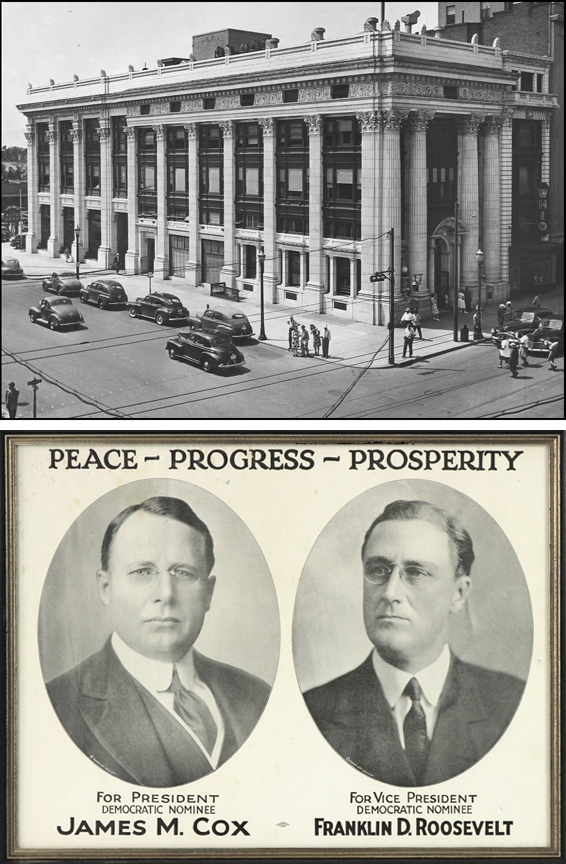Dayton Daily News, 1993-1999
I was hired as Library Director and for the first time was responsible for a departmental budget and a small staff of five people. The old clip filing system was unsophisticated compared to the Star/News, but by this point, both papers were archiving the text of most recent stories electronically.
My managing editor, the late Max Jennings, made it part of my job to teach all reporters how to use the Internet, which at that time was primarily Usenet, along with a few awkward file transfer protocols such as Telnet and FTP. The most user-friendly interface had been Gopher, a menu prompt system interface like a public library book database.
|
In 1993, as I was teaching those classes, I began to learn about a new Internet protocol called HTML and a platform with the then-hyperbolic name of The World Wide Web. Instead of relying on menu selections, Web Site pages used hypertext links that could be any word on the page, which would appear as underlined blue text, that when clicked would jump the user to a completely different page. And instead of having to download images to then view, users of Web Sites could see the image right there in the page inline with the text. These were remarkable innovations at the time.
I was also surprised to learn that HTML was not some complex software language, but just a simple set of tags that anyone could learn to use in an afternoon. I didn't care that there wasn't much content on The Web. I wanted to put it there.
I found that I could use a web browser to give reporters access to the library's text archive -- and also display the images associated with those stories. I also started building an encyclopedia of "fact files" in which I composed encyclopedia entries about local people and events that the newspaper had written about. I could link from a story to the encyclopedia file, and also cite the story as a source within the encyclopedia entry, and link back to it.
All of this was only on the internal servers of DDN and not available to the public. The paper did create a website and began loading each day's stories onto it. I made a pitch to the publisher and business manager to put something like my project on the public site. They were good guys and supportive, but I don't think they saw it as the most likely way for a newspaper to make money on the Internet. Sadly, they did not find such a way.

Like most newspapers, the Dayton Daily News had an interesting history. Founder James M. Cox launched it in 1898, and then, a decade later, was trying to finance a new building but could not get a loan from local banks. He managed to build it anyway and directed the architect to make it look like a bank. Cox was elected governor of Ohio in 1913 and, in 1920, was the Democratic nominee for president -- with a young Franklin Delano Roosevelt as his running mate. He also founded the Atlanta Journal & Constitution, which was much larger and became the flagship paper of the Cox chain.
When I started working at the paper, I was given a tour that included a peek inside the door of "the governor's" office, which had remained untouched since his death in 1957.
In the 1990s, a lot was happening in the area of digital archiving and print production. It was not just the Internet, but also text and photo archiving, and how those digital assets could be used. At one point, a local PBS TV station made a documentary on the changes, and I was one of several people who were interviewed for it. The production was a bit over-the-top, particularly the very enthusiastic young college student who provided the narration. I don't mean to sound critical; I'm sure she was doing exactly what she was directed to do. Here is a copy of it.


